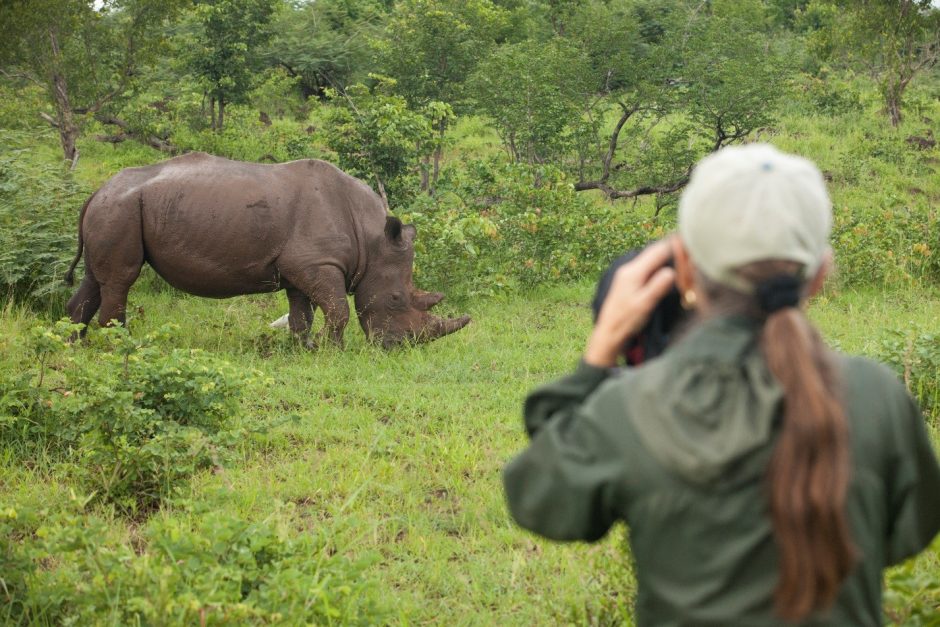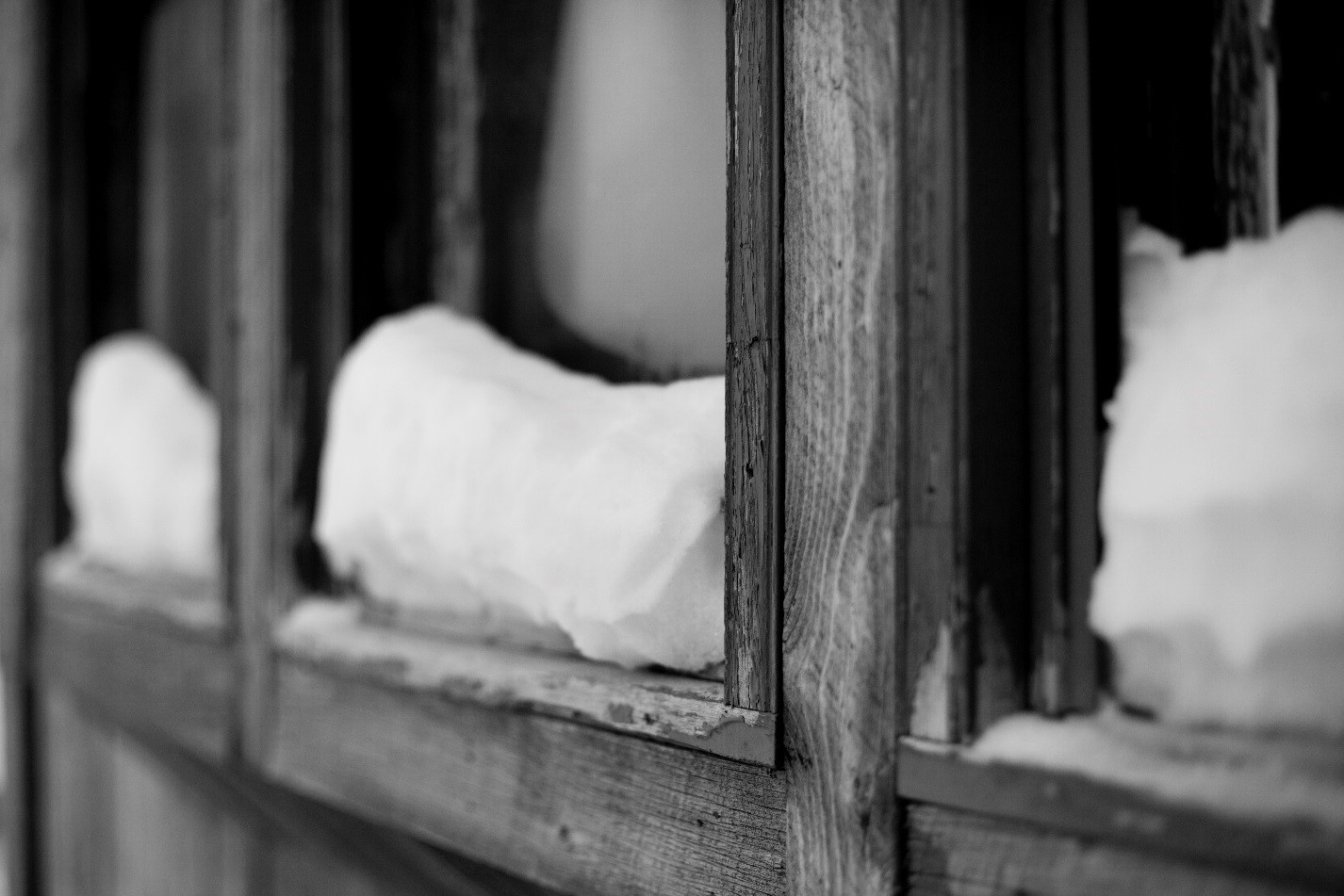
How to Pack Light with Camera Gear for Big Travel
To get to the world’s most mesmerizing habitats and have the opportunity to photograph the wildlife you encounter often requires pretty significant travel. Planes, trains, and automobiles are the norm for the most intrepid nature photographers. Inevitably, you’ll run into situations where you are limited by the amount of camera equipment you can bring, as you embark on small aircraft flights, or are restricted to small passenger cars on cross-country trains. We’ve composed this post to help you with planning and prepping for those adventures where you may have to be extra selective with what camera gear you pack.
The Essentials
The first thing I do when packing for a photographic expedition is lay out my essentials. These are things that I know I’ll be using all day every day. Camera body? Yep, that’s essential. Wide-angle “walking around” lens? Yep, also a key part of the kit. Batteries – yes, camera needs power. However, beyond that, other equipment goes into the category of “trip specific” gear. For example, I’m always going to bring a telephoto lens on any trip into the wild. But, which one? Do I need something with maximum zoom, or maximum aperture? What about something multipurpose – will I have ample time to change lenses or do I need to be as versatile as possible?
Trip-specific lenses
Here’s when the thinking cap goes on. This gear is often the bulkiest and needs the most space and weight allotment. Things like telephoto lenses, macro lenses, tele-converters, and x-factor lenses are now all in the mix. From here, you need to think about what gear you’ll use constantly and what gear can have multiple purposes.
Trip-specific lenses that you’ll use constantly are a no-brainer. Are you going on an African safari? You’ll no doubt want to pack a telephoto lens with you. If you have just one, pretty easy decision! However, if you have more than one, each with a different ability or strength, you’ll need to then think about whether that lens will be used at least 50% of your time, or if it has more than one purpose. For instance, is this lens just so desirable that you’ll use it for nearly 1 out of every 2 shots you take on the trip? Then it sounds like you’d want to bring it.
Or, perhaps you’ll only use it as a telephoto/wildlife lens 25% of the time, but you anticipate that you’ll use it for landscape photography 25% of the time, too.
I don’t want to get too caught up in exact percentages, but I think when you are weight limited, the 50% rule is a good place to start. Realistically, you want to pin down your top two lenses before your proceed onto any more gear.
Before you look at any more lenses, you’ll really want to think about accessories like tripods, flashes, and extra batteries.
Tripods, Flashes, and Batteries
Does your style of photography absolutely necessitate a tripod? Will you be shooting a lot at night and often be hunkered down in one place such that limited maneuverability is ok? If so, a tripod is going to need to make it into your pack. Generally, I try to avoid bringing a tripod whenever possible, as they are bulky and weigh quite a bit. Taking this out of your bag will likely allow you at least one extra lens (or a few extra pieces of clothes!).
With wildlife photography, flashes are rarely needed or even allowed. However, they can be very useful for macro photography or rain forest photography where light is extremely limited. However, it’s best to check with your outfitter to see if flashes are encouraged or allowed, as each destination is quite unique.
You’ll no doubt want to bring an extra battery or two. However, in very cold environments (less than freezing most of the time) you’ll want to bring several extras. Cold zaps battery life very quickly, but this can be abated by keeping your spare batteries next to your body for warmth. Regardless, plan on at least three extra batteries if traveling to polar regions or other chilly places.
What’s left
At this point, you have your top two lenses along with necessary accessories. If you have a very hard stop at a weight limit, it’s best to weigh all this gear along with a fully packed suitcase that has everything you’ll bring on the trip. In an ideal world, you’ll have a few pounds to spare, allowing you to consider another lens. However, often we initially overpack on the clothes and toiletries end of things. Really dig into your pre-trip packet and see what the laundry situation is. Very often, even on a 2 week trip, you can get away with 2 sets of field clothes and 2 sets of evening/camp clothes. Usually soap and general toiletries will be provided by each accommodation. Be deliberate in what you bring, especially if you have a 3rd lens in mind.
The Third Lens
Generally, if you have strict weight limits, the above gear and travel clothes will be pretty darn close to the max. However, if you still have room, it’s often just enough for one more lens of your choice. To me, this is when I think about an “x-factor” lens. In our “What’s in the Bag” blog posts, we list suggested x-factor lenses for each destination, but these are typically things like a macro lens, ultra-wide, fisheye, or extremely wide aperture lens (most common is a 50mm f/1.4). Depending on your own style of photography, in conjunction with the destination, these will very in importance.
Macro lenses, while very fun, can be redundant, as many wide-angle zoom lenses allow you to get very close to your subject, whether it be a wildflower or insect on the path. Ultra-wide angles (10-22mm on a crop frame and 16-35mm on a full frame) are often my top choice, but as of late, these have been my go-to for my “walk around lens”, putting this in the #1 or #2 spot of my kit. Thus, my go-to x-factor lens is usually the “nifty fifty”, which is a 50mm f/1.4 lens, allowing for very interesting travel photography with extremely shallow depth of field, like in the example below of snowy windowsills in Churchill, Canada.

Ultimately, this guide may oversimply the often-stressful decisions on what to bring when you are limited to 44 pounds for a 2 week trip. However, as outlined above, it really comes down to knowing your own style of photography, prioritizing only what you’ll use most, and reducing redundancy. We hope it’s been helpful, and feel free to leave comments below if you have specific questions.
Go forth and give it a shot,
2 Comments

Sharon Harvey
September 18, 2018 at 9:35 am

Court Whelan, Ph.D.
September 24, 2018 at 11:13 am
Dear Court,
I am planning the ultimate photo gorilla trek in 2019 with Natural habitat adventures. I am an extreme beginner photographer. Would you kindly recommend a camera that would suit me for this trip.
This trip is a lifelong goal of mine.
Very truly, Sharon
Hi Sharon, you bet! A lot comes down to your budget, as well as how much you think you’re going to get into photography going forward. For most folks in your shoes, with budding interest, a trip on the books, and a desire for great photos, I recommend one of Sony’s new “bridge” systems, where it’s got all the power and quality of a DSLR, but you don’t have to change lenses. And it can go from 24mm to 600mm in a relatively small body. They’re not wildly cheap, but they are compared to a DSLR with all the lenses you’d need to get comparable abilities. There are two on the market from Sony, the version 3 and the version 4. The version 3 will save you a little money, at around $1,200 new, and the version 4 is a little better, newer, etc., at $1,600. If you’re keen, I’d take a look at Sony Bridge Camera rx10 iv (or iii).
If this is a little bit more $ than you expected, I’d recommend you take a look at the camera we actually offer in our gear store, which is a nice multi-purpose Canon. It is similar to the above, in that it’s a high quality all-in-one system, where you do not have to remove lenses, but you get great shots. It goes for about $535 and you can find it here: https://www.nathab.com/gear-store/nha-accessories/nha-camera-package/. Now, as you can imagine, a camera that is about $500 will perform differently than one that’s over $1,000. You really just get what you pay for. While the $500 Canon will be great, you’re going to get better photos with the Sony. Which one you go for does indeed come down to your budget, but also how many more times you feel like you’re going to use it in a given year. If you think it’ll mostly go with you to Uganda and then that’s about it, you might want to save the money :). Otherwise, if you think this will be a growing passion, I do feel like you’ll enjoy the better version for many more years to come. Hope this helps!!